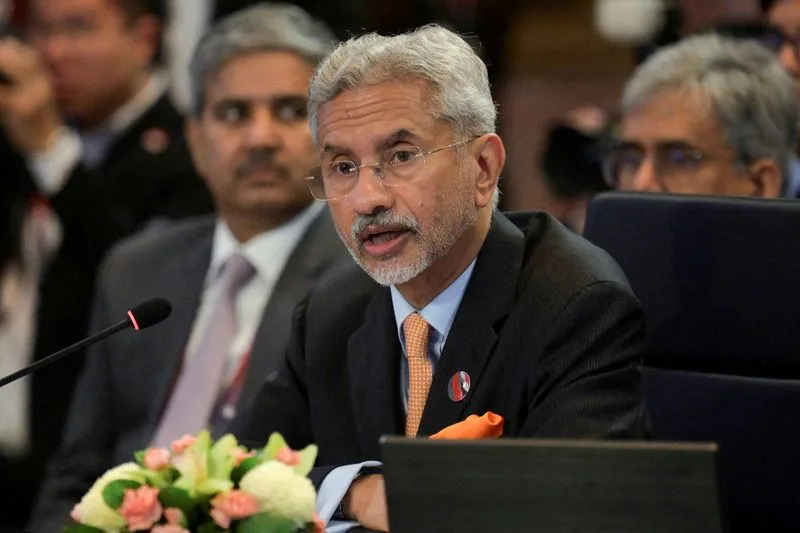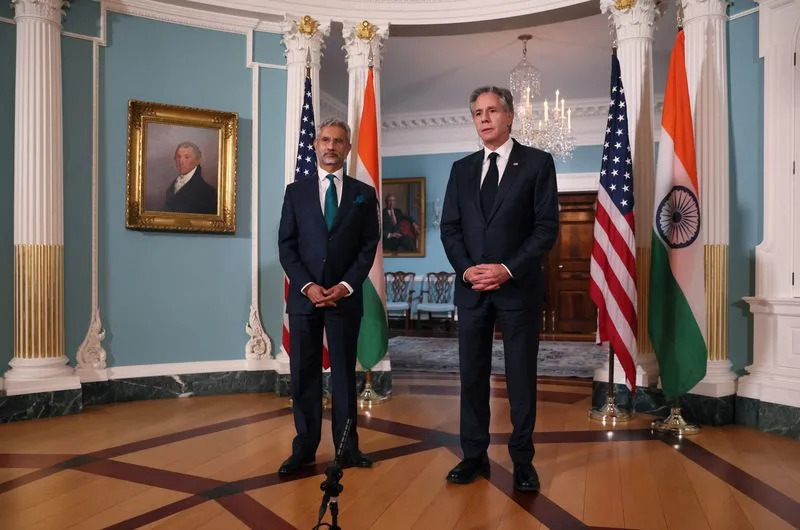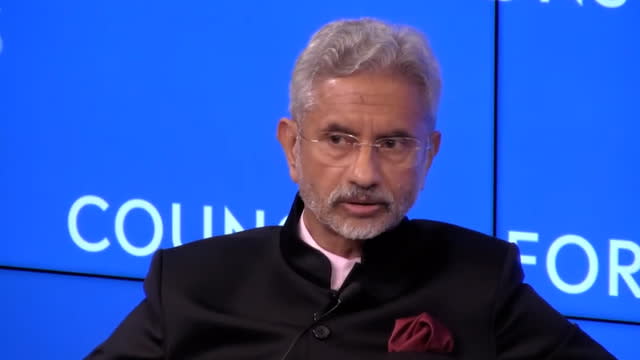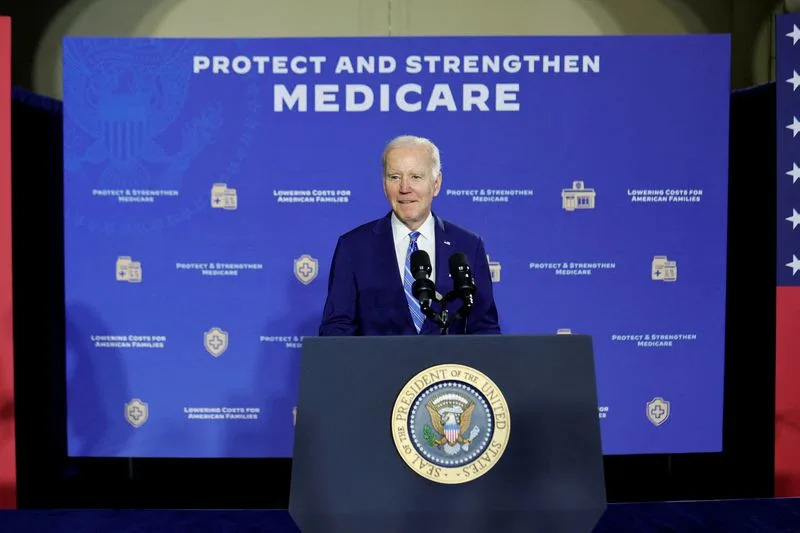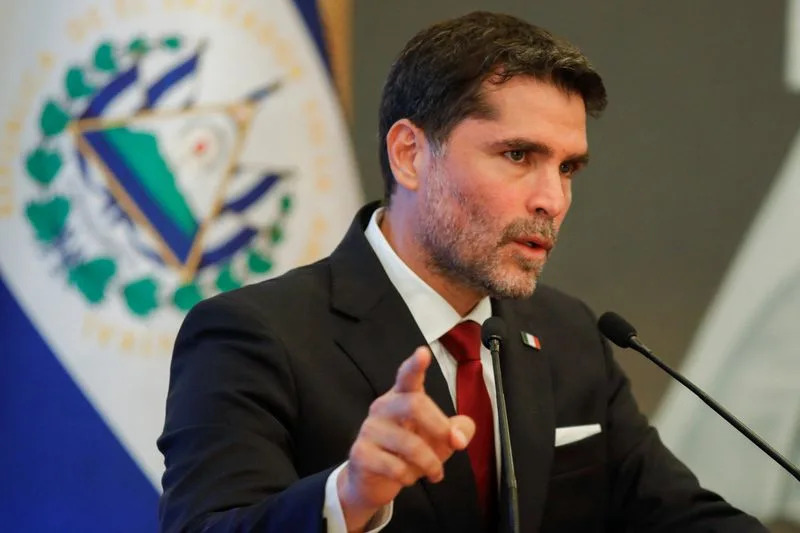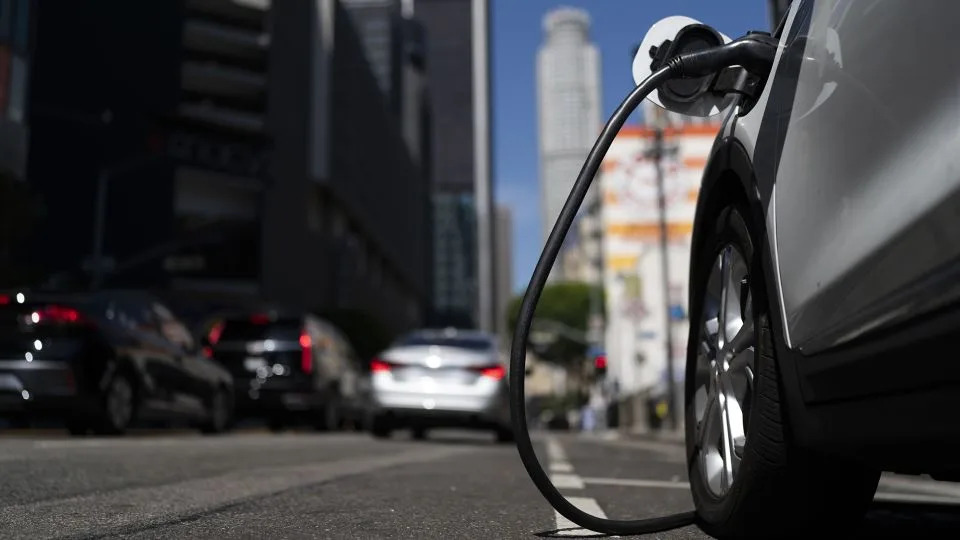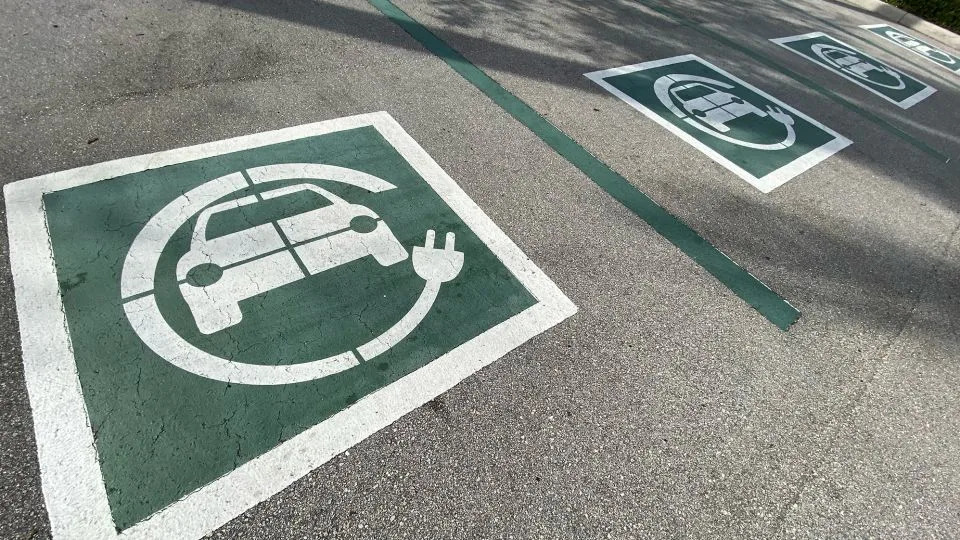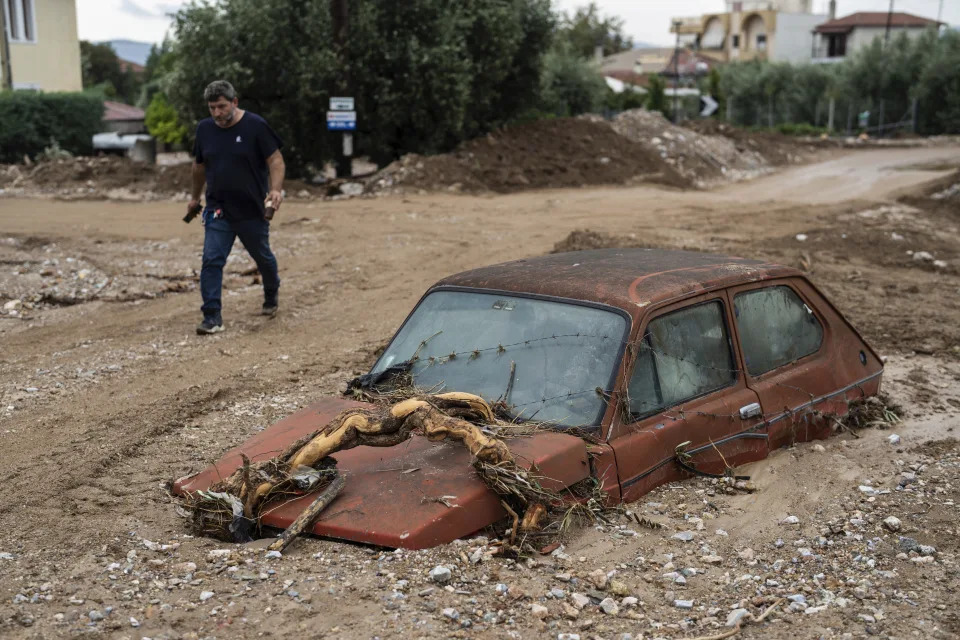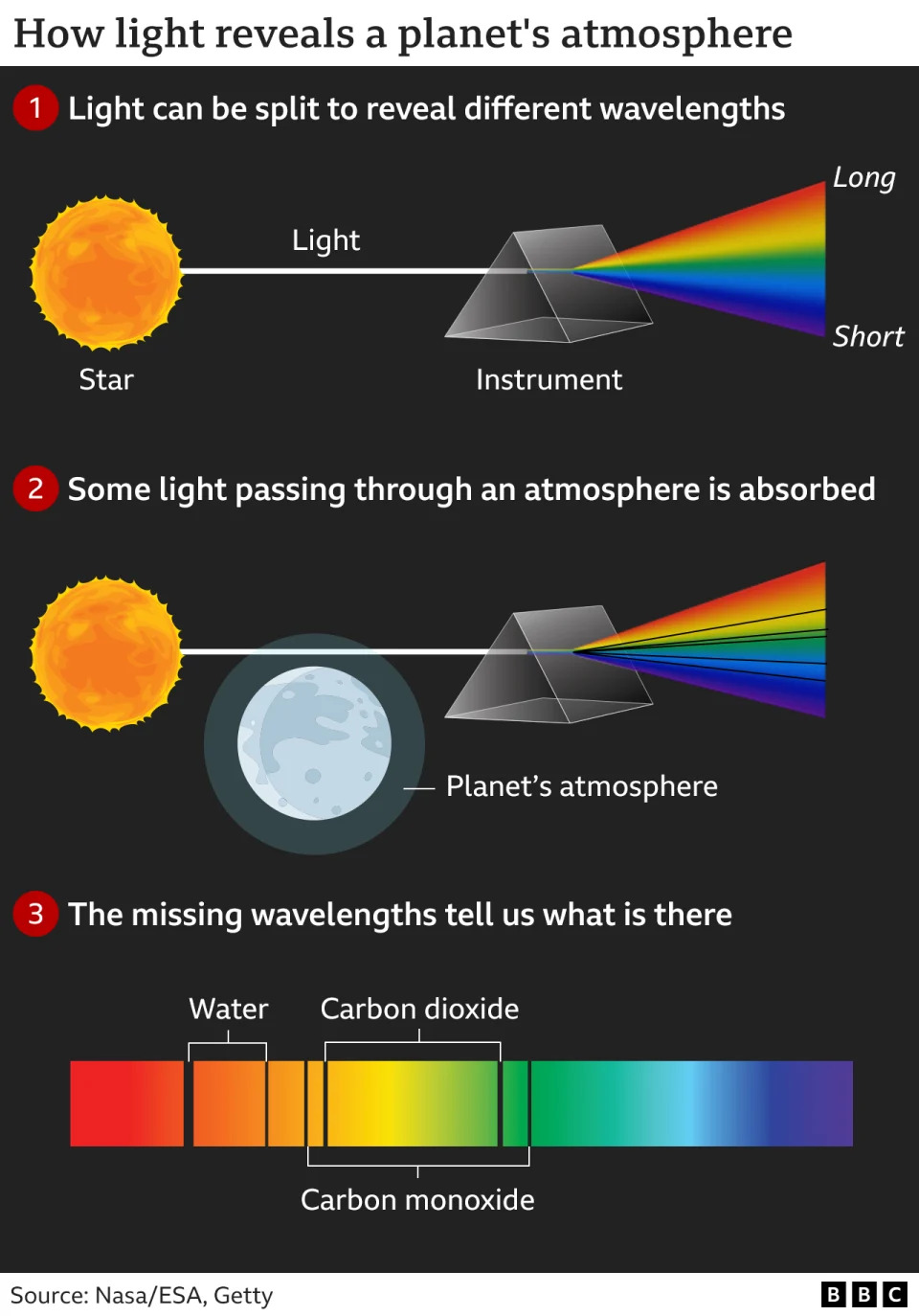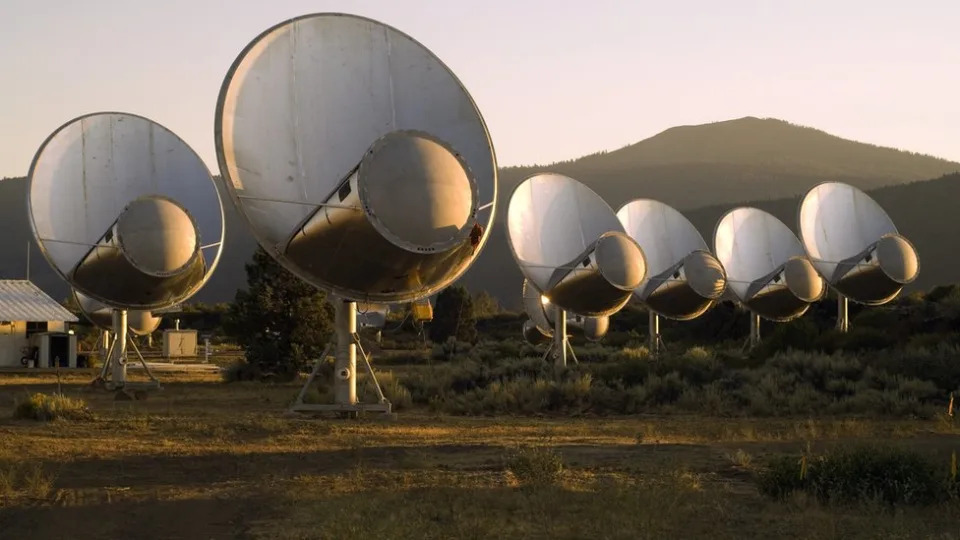Gavin Off
Fri, September 29, 2023

A Charlotte-based chemical manufacturing company agreed to pay more than $218 million in penalties following federal investigations that found the company spent years bribing foreign government officials in return for business, a U.S. Justice Department release said.
Albemarle Corporation agreed to the payment after admitting to Justice Department and Securities and Exchange Commission investigators that its third-party agents conspired to bribe officials in Vietnam, Indonesia and India for business with the countries’ state-owned oil refineries, the release said. The schemes took place between 2009 and 2017 and violated the Foreign Corrupt Practices Act.
Albemarle was named a Fortune 500 company this year.
“Albemarle earned nearly $100 million by participating in schemes to pay bribes to government officials in multiple countries,” said Acting Assistant Attorney General Nicole M. Argentieri of the Justice Department’s Criminal Division in the department’s release.
According the the Justice Department:
Albemarle Corporation got contracts at two state-owned oil refineries in Vietnam after an intermediary sales agent sought higher commissions to pay bribes to Vietnamese officials.
The company used a third-party intermediary to secure business with Indonesia’s state-owned oil company even after an intermediary told Albemarle that it would have to pay bribes for the business ties.
Albemarle used a third-party to “corruptly retain catalyst business with India’s state-owned oil company by avoiding Albemarle being blacklisted,” the government release said.
“Corruption has no borders, but neither does justice,” said Dena King, U.S. attorney for the Western District of North Carolina in the department’s press release. “Companies are expected to adhere to the same ethical and legal standards whether they are doing business on U.S. soil or overseas.”
In a statement, Albemarle said: “The actions taken by a limited number of former employees and third-party sales representatives happened years ago ... Those responsible for these past actions were held to account and separated years ago.”
The statement said Albemarle’s payment resolved the self-reported investigation and the company has since changed how it monitors third parties.
In addition to the $218 million payment, Albemarle has agreed to cooperate with the Justice Department in any current or future investigations related to its business dealings.
